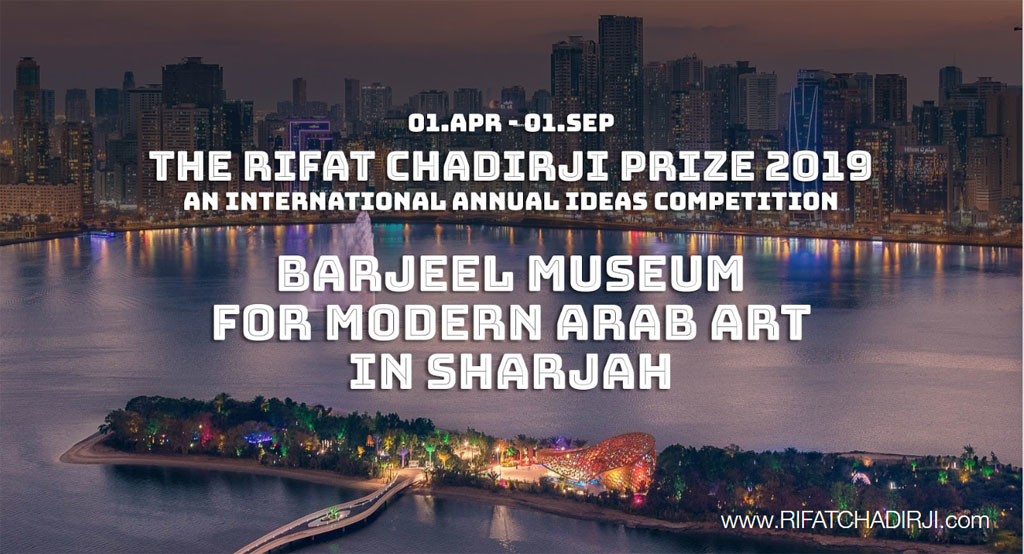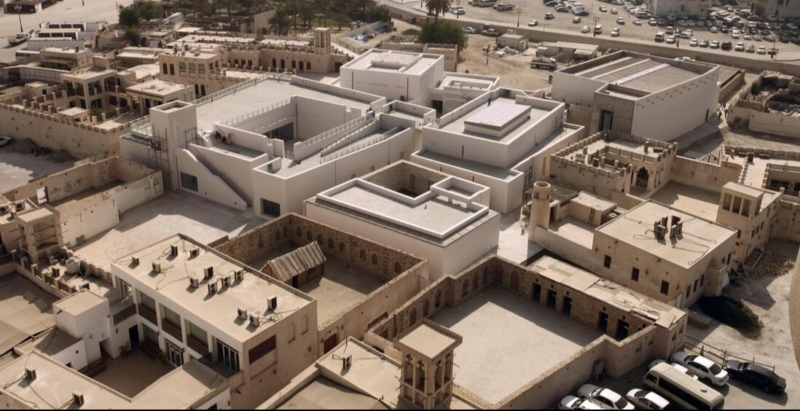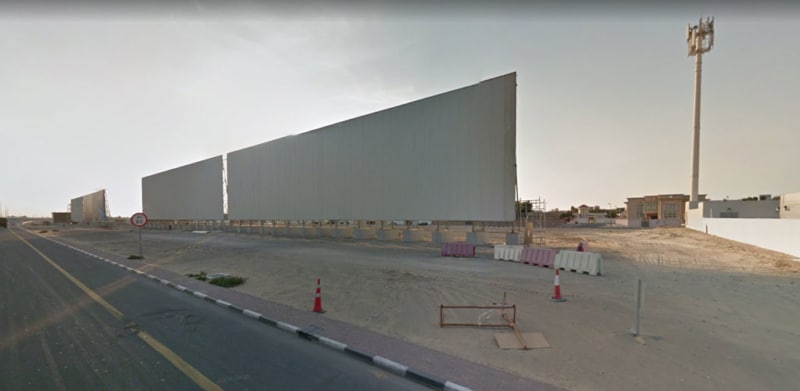
Tamayouz Excellence Award invites students, designers and architects worldwide to design an architectural and cultural landmark in the city of Sharjah, that hosts the Barjeel collection and represents modern art, architecture and design in the Arab world.
Sharjah
The third largest of the seven emirates that make up the UAE, Sharjah covers approximately 2,600 square kilometres. In addition to Sharjah City, which lies on the shores of the Gulf, the emirate has three regions that make up its scenic east coast: Dibba Al Hisn, Khor Fakkan and Kalba.
The history of Sharjah dates back 5,000 years, when it first emerged as one of the wealthiest areas in the Gulf; however, in the 16th century, the city witnessed instability as the Portuguese conquered the area along the east coast to control the booming spice trade. The fort at Khor Fakkan, Kalba and Dibba were built under their command. Afterwards, the Dutch tried to dominate the emirate for the same reason.
The 17th century was a turning point for the city as the British arrived in the region and started trading with the Qawasim, the forefathers of Sharjah's present-day ruling family. The area of the Gulf and Red Sea were preferred by Europeans for linking principal routes of communication between the Mediterranean and India. At the end of the 18th century, the relationship between the Qawasims and the British deteriorated as both blamed each other for attacks.

In 1809, the initial land-based attacks by the British ceased and in 1820, the first of various peace treaties were signed assuring maritime peace, security and the protection of the British against any attack for 150 years. The country’s coast became known as Oman Trucial Coast and Sheikhdoms of Oman as reconciled countries. Until the formation of the UAE in 1971, these names were attached to their relevant regions.
The developing years brought prosperity to Sharjah, as it flourished with the help of coastal trading and pearling. In 1932, Sharjah became the staging point for the Imperial Airways flights departing from England to India and vice versa. The city was the regional base for the British RAF until 1971, but the British presence in the city officially ended with the formation of the UAE. In 1972, oil was found in the Mubarak oilfield situated 80 kilometres offshore. The production of oil began two years later, while gas drilling started in 1990.
The city keeps its heritage alive through the artwork and history displayed at several museums and exhibitions. In fact, a special devoted zone known as the Sharjah Heritage area is famous for its museums, which are among the best in the United Arab Emirates.

Competition Site
In 2017 the Sharjah government had given Barjeel Foundation the right of use of a land in Sharjah for the sole purpose of constructing a museum for the Barjeel collection. Area of the plot is: 6594.6 Meters Square
Response
Participants are asked to design an architectural and cultural landmark that hosts the Barjeel collection and represents modern art, architecture and design in the Arab world.
The design is required to contextualise Sharjah’s history and cultural identity in a contemporary manner.
As a contemporary museum it is important that the project does not become a historic pastiche but is relevant to contemporary architectural discourse whilst being informed by local cultural heritage and environmental conditions.
Schedule:
December 2019 - Annual Tamayouz Excellence Award Ceremony
All Deadlines are 11:59 pm GMT (London)
Eligibility
Architects, students, engineers and designers are invited to participate in this prize. Participation can be on an individual or team basis (maximum of four team members). We encourage the participation of multidisciplinary teams. Under no circumstances will jury panel members, organizers or any of their family members be allowed to participate in this competition.
Awards
Click here to download the brief
comments